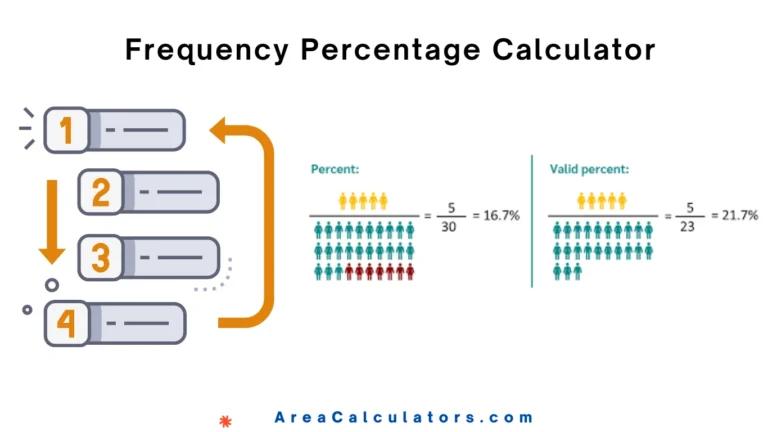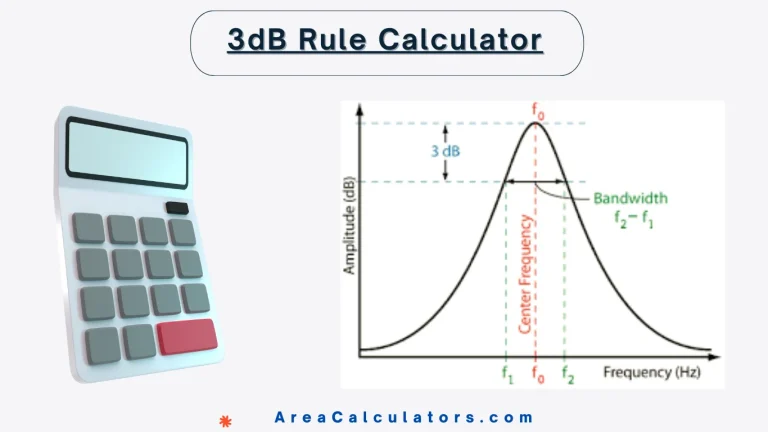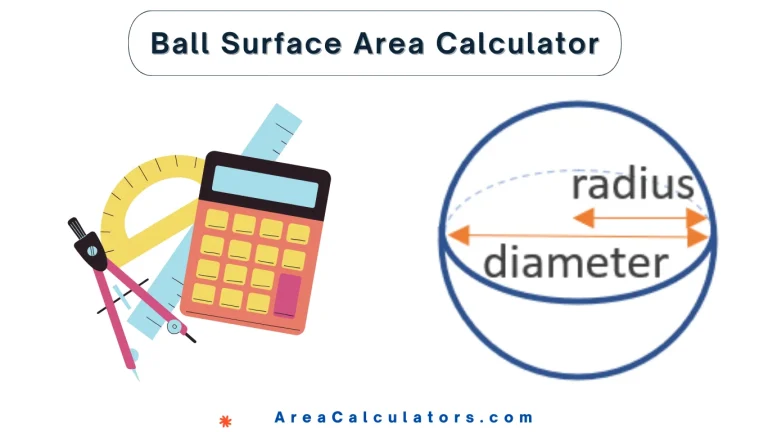Divide the final value by the initial value to find the fold change. The Fold Change Calculator is an essential tool in biology, data analysis, and other sciences to measure the ratio of a change in a variable, typically gene expression or concentration, between two conditions.
A fold change above 1 indicates an increase, while values below 1 suggest a decrease. It is widely used in fields like qPCR and gene expression studies to compare initial and final conditions effectively.
Formula
FC = Final Value / Initial Value
| Variable | Definition |
|---|---|
| FC | Fold change |
| Final Value | Value after change |
| Initial Value | Value before change |
Solved Calculations
Example 1: A gene's expression increases from 5 to 15. Calculate the fold change.
| Step | Calculation | Result |
|---|---|---|
| Initial Value | 5 | |
| Final Value | 15 | |
| Fold Change (FC = Final/Initial) | 15 / 5 | 3 |
Example 2: A chemical concentration decreases from 12 to 4. What is the fold change?
| Step | Calculation | Result |
|---|---|---|
| Initial Value | 12 | |
| Final Value | 4 | |
| Fold Change (FC = Final/Initial) | 4 / 12 | 0.33 |
What is the Fold Change Calculator?
The Fold Change Calculator is a valuable tool that calculates the ratio of change between two values, often used in scientific fields like biology and biochemistry. It helps quantify increases or decreases in values such as gene expression, reaction rates, or experimental measurements.
Whether you're working with gene expression data or analyzing percentage improvements, this calculator simplifies fold change computations.
To use the tool, input the initial and final values of the dataset. It calculates the fold change directly or in logarithmic forms like log2 or log10, making it adaptable to various applications such as qPCR and RNA-seq data analysis.
This calculator is essential for researchers and professionals who require quick and accurate computations for interpreting biological or experimental results effectively.
Final Words
In essence, the Fold Change Calculator is an indispensable resource for analyzing data trends, enabling users to efficiently measure and interpret fold changes across diverse scientific and analytical applications.






